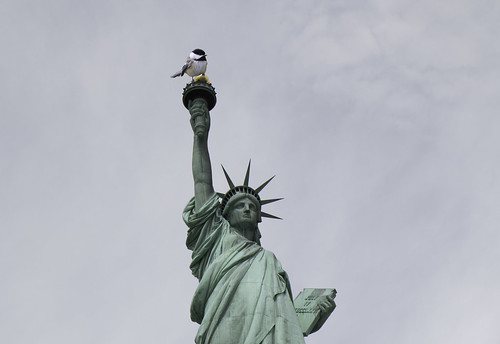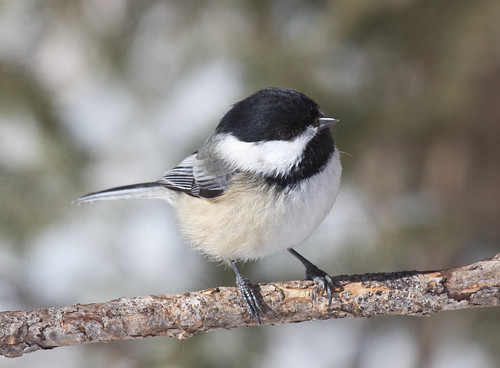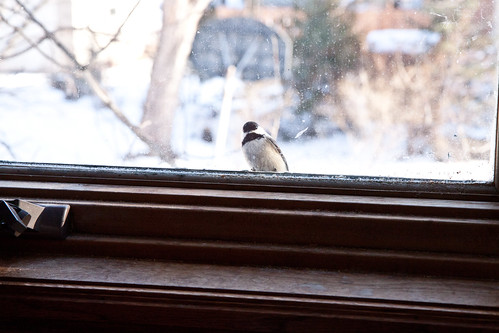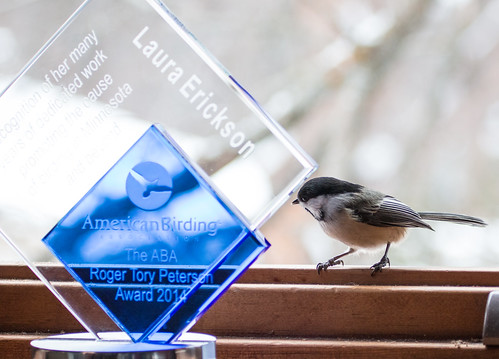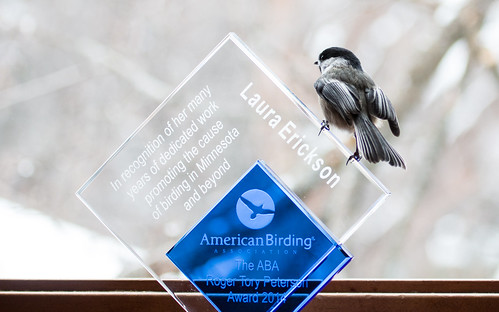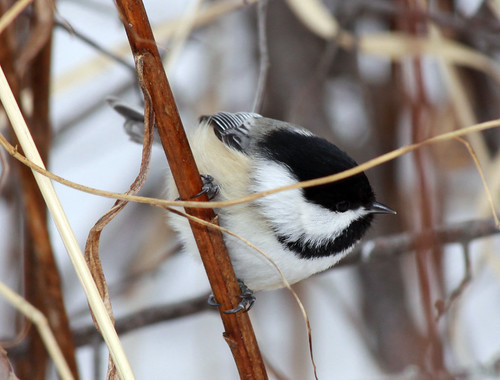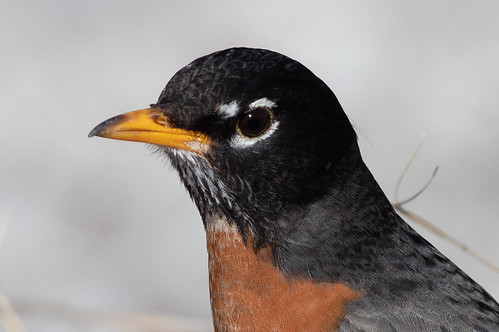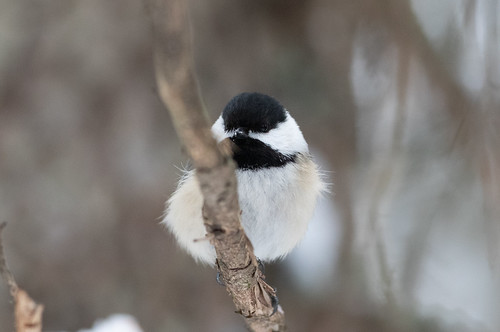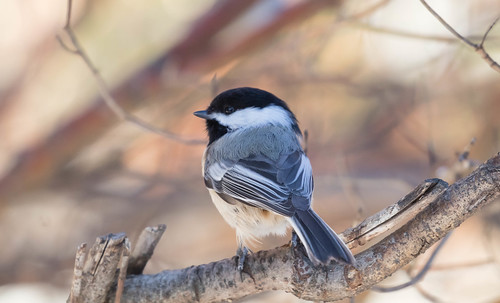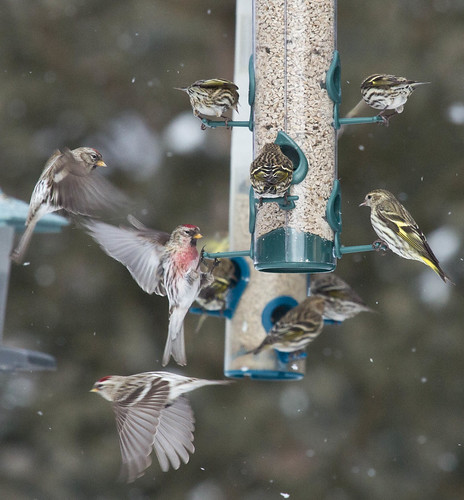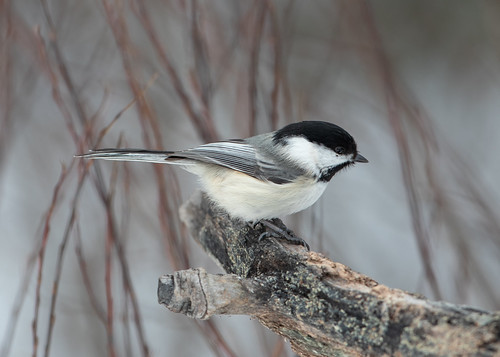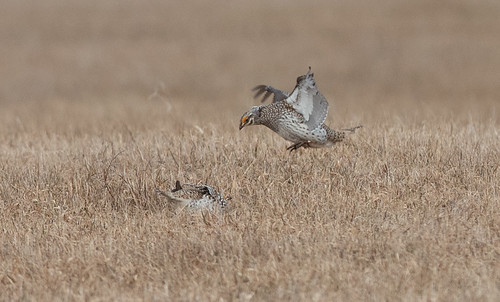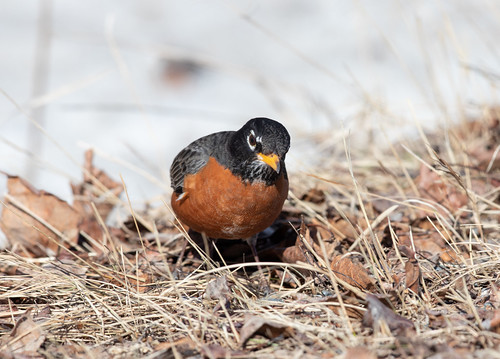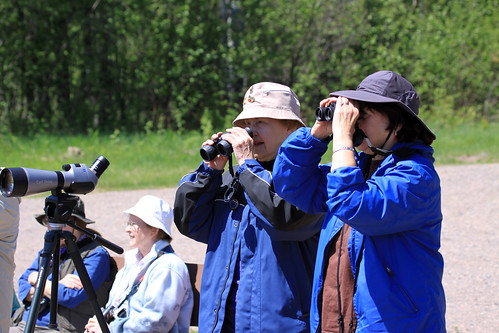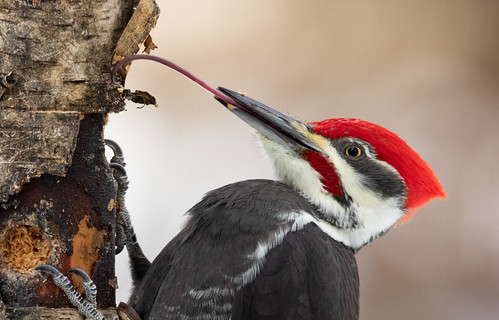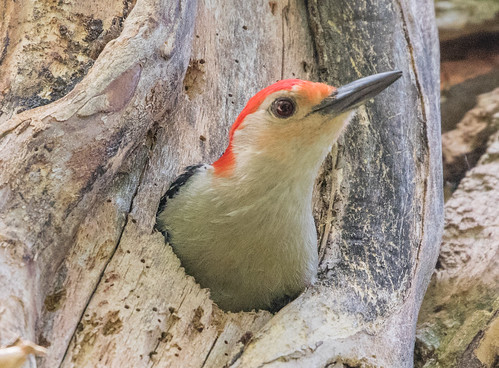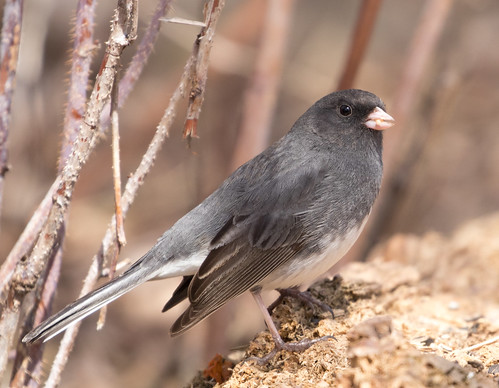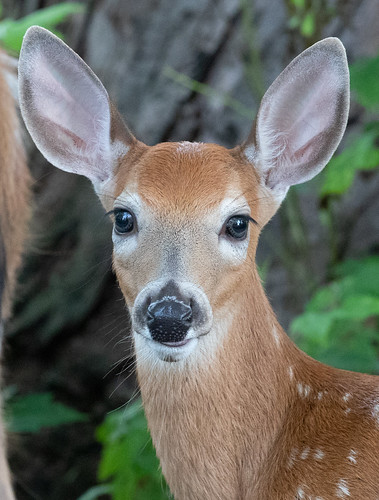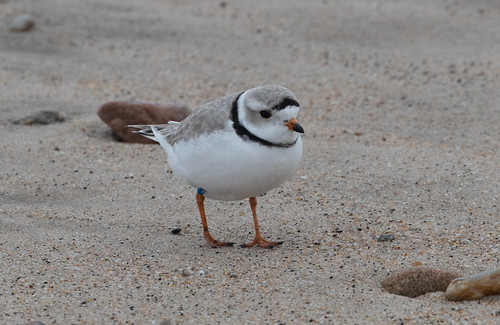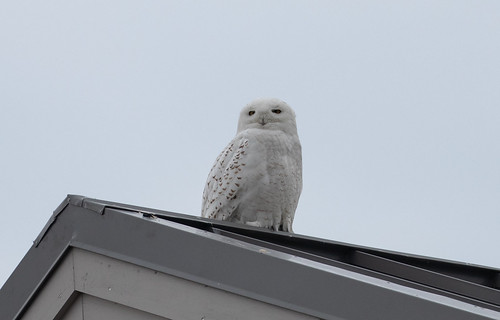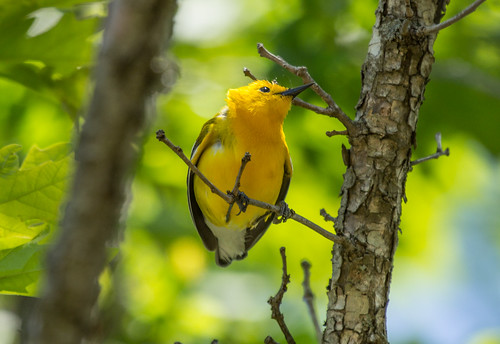So I’m wary of the oncoming tick and mosquito seasons. I’d just as soon avoid Lyme disease and all those other arthropod-borne illnesses anyway, of course, but we and other high-risk people must be especially wary when medical care will soon be at a premium everywhere. With the early spring, I’ve started my dog Pip on her heartworm medicine and her flea and tick collar a month earlier than usual, and I’ll be much more careful myself.
But just because a few insects and other arthropods could be harmful doesn’t mean I’m not relishing thoughts of others. Butterflies, mayflies—so many lovely emergences to look forward to in the coming weeks and months. And one thing to emerge already from my backlog of emails is a message I received way last summer, from Del Stubbs in Pinewood, Minnesota. He had been going through photos from 2008 and found some amazing ones.
Life being what it is, Del and Celine never noticed if the sparrows successfully brought off the eggs, though because the nest had just three eggs the day of the bee swarm, the clutch was quite likely not complete yet, so the female was probably not trying to incubate them. The disturbance lasted only a couple of hours, so it’s quite possible the birds didn’t even notice the drama. Del generously allowed me to post his cool photos here.
It’s so wonderful hearing from listeners during this time when we must stay physically apart. Of course sometimes the emails are sad—a lot of people haven’t been seeing many birds this year. Right now migration is starting to kick in, and in the weeks ahead, bird activity in our yards should start picking up.
As of March 30, raptor counters at Duluth’s West Skyline Hawk Count had tallied 2,473 Bald Eagles, 139 Golden Eagles, 265 Red-tailed Hawks, and a smattering of other raptors. I’m stuck at home, but I have seen several Bald Eagles just looking out the window or going out in the backyard.
Any day now I should start seeing juncos in my own backyard, and then Fox Sparrows, and maybe a Yellow-bellied Sapsucker or Yellow-rumped Warbler in my aspen trees, and WHOOSH! The floodgates will open. And as I watch the migration unfold in my own backyard, I’ll also be watching for bees. And when I see my first one, I’ll think of Del and Celine. Having these human connections means ever so much at a time like this.
Stay safe and well, dear reader.







